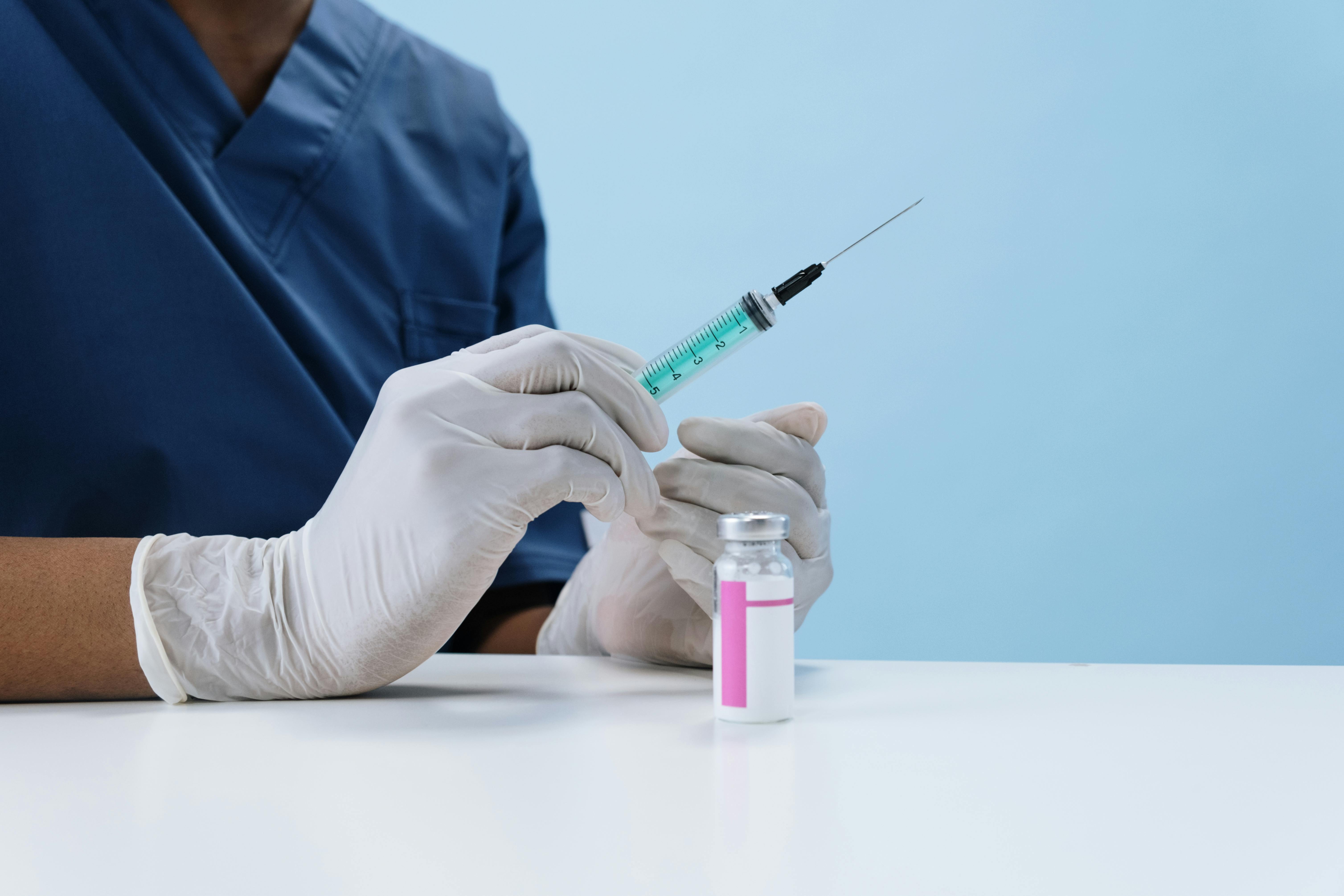Discover how Platelet-Rich Plasma (PRP) injections are revolutionizing orthopedic care. Learn how PRP helps treat sports injuries, arthritis, and joint pain naturally and effectively.

Platelet-Rich Plasma (PRP) therapy is an innovative, non-surgical treatment used in orthopedics to accelerate healing, reduce inflammation, and promote tissue regeneration. PRP is created by drawing a small amount of a patient’s blood, spinning it in a centrifuge to concentrate the platelets, and injecting the platelet-rich plasma directly into the affected joint, tendon, or ligament.
Platelets are rich in growth factors, which play a critical role in the body’s natural healing process. By harnessing these concentrated healing proteins, PRP injections stimulate repair in damaged tissues—without the need for surgery or long-term medication.
Athletes at all levels—from weekend warriors to professionals—are turning to PRP injections for faster recovery and long-term joint health. Common sports injuries treated with PRP therapy include:
Because PRP uses the patient’s own blood, there is minimal risk of allergic reactions or rejection. Many athletes prefer PRP over corticosteroid injections, which can provide short-term relief but may weaken tendons over time.
Quick Fact: Professional athletes like Tiger Woods and Rafael Nadal have reportedly used PRP therapy to recover from sports-related injuries.
Osteoarthritis (OA)—a degenerative joint disease—is one of the most common orthopedic conditions treated with PRP injections. PRP is especially effective in early to moderate stages of OA, where it can:
Clinical studies have shown that PRP is particularly beneficial for knee arthritis, offering longer-lasting results than hyaluronic acid (gel) injections or corticosteroids.
SEO Keyword Tip: Looking for “natural treatment for knee arthritis” or “non-surgical arthritis relief”? PRP therapy could be the solution you need.
PRP therapy is ideal for patients who:
A thorough evaluation by a board-certified sports medicine or orthopedic specialist can determine if PRP is the right treatment for your specific condition.
As the demand for non-invasive, regenerative treatments grows, PRP injections are becoming a cornerstone of modern sports medicine and arthritis care. Whether you're an athlete recovering from injury or someone managing chronic joint pain, PRP offers a safe, effective, and evidence-based option for long-term healing.
Interested in PRP therapy for arthritis or a sports injury? Contact our orthopedic and sports medicine clinic today to schedule a consultation and learn how platelet-rich plasma can help you get back to doing what you love—pain-free.
Discover how Platelet-Rich Plasma (PRP) injections are revolutionizing orthopedic care. Learn how PRP helps treat sports injuries, arthritis, and joint pain naturally and effectively.
Discover how Platelet-Rich Plasma (PRP) injections are revolutionizing orthopedic care. Learn how PRP helps treat sports injuries, arthritis, and joint pain naturally and effectively.

Platelet-Rich Plasma (PRP) therapy is an innovative, non-surgical treatment used in orthopedics to accelerate healing, reduce inflammation, and promote tissue regeneration. PRP is created by drawing a small amount of a patient’s blood, spinning it in a centrifuge to concentrate the platelets, and injecting the platelet-rich plasma directly into the affected joint, tendon, or ligament.
Platelets are rich in growth factors, which play a critical role in the body’s natural healing process. By harnessing these concentrated healing proteins, PRP injections stimulate repair in damaged tissues—without the need for surgery or long-term medication.
Athletes at all levels—from weekend warriors to professionals—are turning to PRP injections for faster recovery and long-term joint health. Common sports injuries treated with PRP therapy include:
Because PRP uses the patient’s own blood, there is minimal risk of allergic reactions or rejection. Many athletes prefer PRP over corticosteroid injections, which can provide short-term relief but may weaken tendons over time.
Quick Fact: Professional athletes like Tiger Woods and Rafael Nadal have reportedly used PRP therapy to recover from sports-related injuries.
Osteoarthritis (OA)—a degenerative joint disease—is one of the most common orthopedic conditions treated with PRP injections. PRP is especially effective in early to moderate stages of OA, where it can:
Clinical studies have shown that PRP is particularly beneficial for knee arthritis, offering longer-lasting results than hyaluronic acid (gel) injections or corticosteroids.
SEO Keyword Tip: Looking for “natural treatment for knee arthritis” or “non-surgical arthritis relief”? PRP therapy could be the solution you need.
PRP therapy is ideal for patients who:
A thorough evaluation by a board-certified sports medicine or orthopedic specialist can determine if PRP is the right treatment for your specific condition.
As the demand for non-invasive, regenerative treatments grows, PRP injections are becoming a cornerstone of modern sports medicine and arthritis care. Whether you're an athlete recovering from injury or someone managing chronic joint pain, PRP offers a safe, effective, and evidence-based option for long-term healing.
Interested in PRP therapy for arthritis or a sports injury? Contact our orthopedic and sports medicine clinic today to schedule a consultation and learn how platelet-rich plasma can help you get back to doing what you love—pain-free.